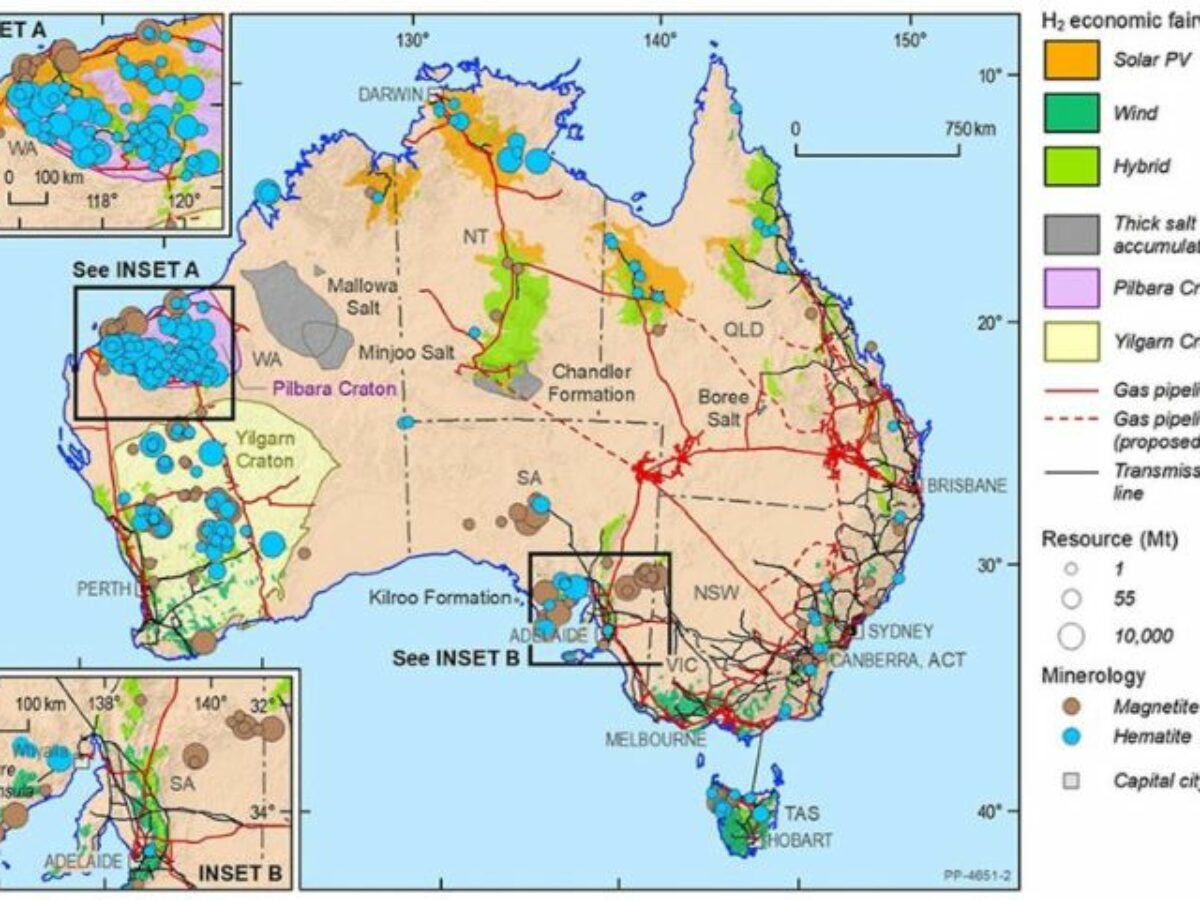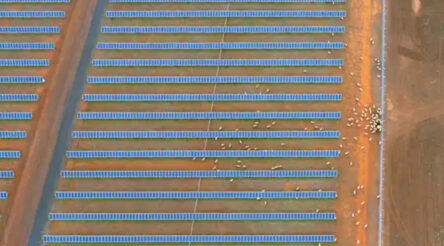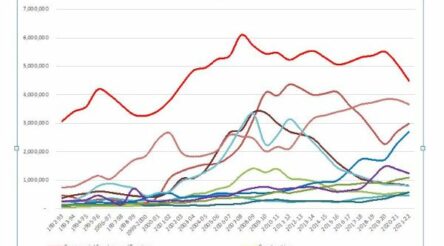Australia really is the land of green steel opportunity – study

Australia really is a land of opportunity for the development of a massive green steel industry powered by renewables and green hydrogen production according to a new study just published in the International Journal of Hydrogen Energy.
According to Geoscience Australia: “This exciting release, a collaborative effort with our research colleagues Monash University shows how low-emissions iron and steel manufacturing processes are fundamental to meeting the international goal of a net zero future by 2050.”
Steel is a vital commodity for all modern economies and iron ore export is a cornerstone export industry for Australia – but both are threatened by market changes favouring green steel and ores.
The study – Green steel: Synergies between the Australian iron ore industry and the production of green hydrogen – argues that green steel presents a promising avenue to decarbonize steel manufacturing and expand the hydrogen industry.
According to authors led by Changlong Wang, Stuart D.C. Walsh, Zhehan Weng, Marcus W. Haynes, Daisy Summerfield and Andrew Feitz: “Australia, endowed with abundant renewable resources and iron ore deposits, is ideally placed to support this global effort.
“This paper’s two-step analytical approach offers the first comprehensive assessment of Australia’s potential to develop green steel as a value-added export commodity.”
The study identified prospective green energy and iron ore and steel provinces in the Pilbara region of Western Australia and around Whyalla in South Australia (pictured).
The study used an ‘Economic Fairways’ model revealing a strong alignment between prospective hydrogen hubs and current and future iron ore operations, enabling shared infrastructure development and first-mover advantages.
“By employing a site-based system optimisation that integrates both wind and solar power sources, the cost of producing green steel could decrease significantly to around $900 per tonne by 2030 and $750 per tonne by 2050.
“Moreover, replacing one percent of global steel production would require 35 GW of well-optimised wind and solar photovoltaics, 11 GW of hydrogen electrolysers, and 1,000 square kilometres of land.”
Critically the study showed that iron ore prices would would exert a long-term influence on green steel prices – promising a price advantage for downstream processing in Australia close to the mines and sources of renewable energy.
They concluded: :Overall, this study highlights the opportunities and challenges facing the Australian iron ore industry in contributing to the decarbonisation of the global steel sector, underscoring the crucial role of government support in driving the growth and development of the green steel industry.”
The work is part of Geoscience Australia’s Exploring for the Future Australia’s Resources Framework project.
Image: Geoscience Australia
@aumanufacturing Sections
Analysis and Commentary Awards Defence Manufacturing News Podcast Technology Videos










